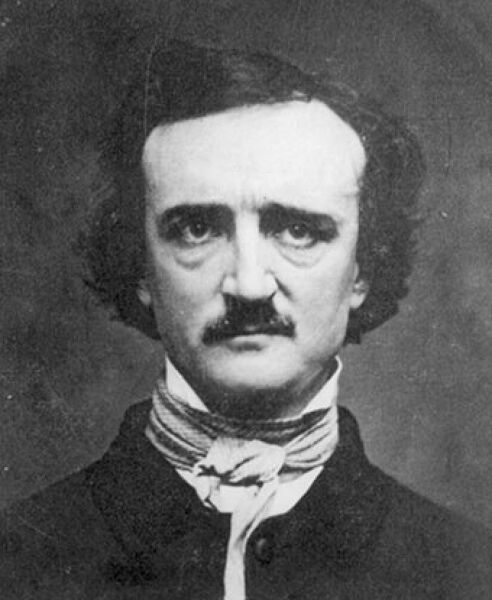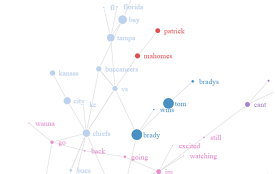
Difference between Semantic Memory and Implicit Memory

{{formatDate(post.createdAt)}}
{{category.name}}
Have you noticed how sometimes, like when studying for a big exam, it takes several hours of repetition and significant effort to commit information to memory? On the other hand, some details, incidents, and experiences make their way into our memory with minimal or no effort.
The reason why some things seem so difficult to remember while others are so easy is because there are different types of memories. So keep reading, as this article explains the different memory types, with a particular focus on semantic memory and implicit memory, and finally explores the difference between semantic memory and implicit memory.
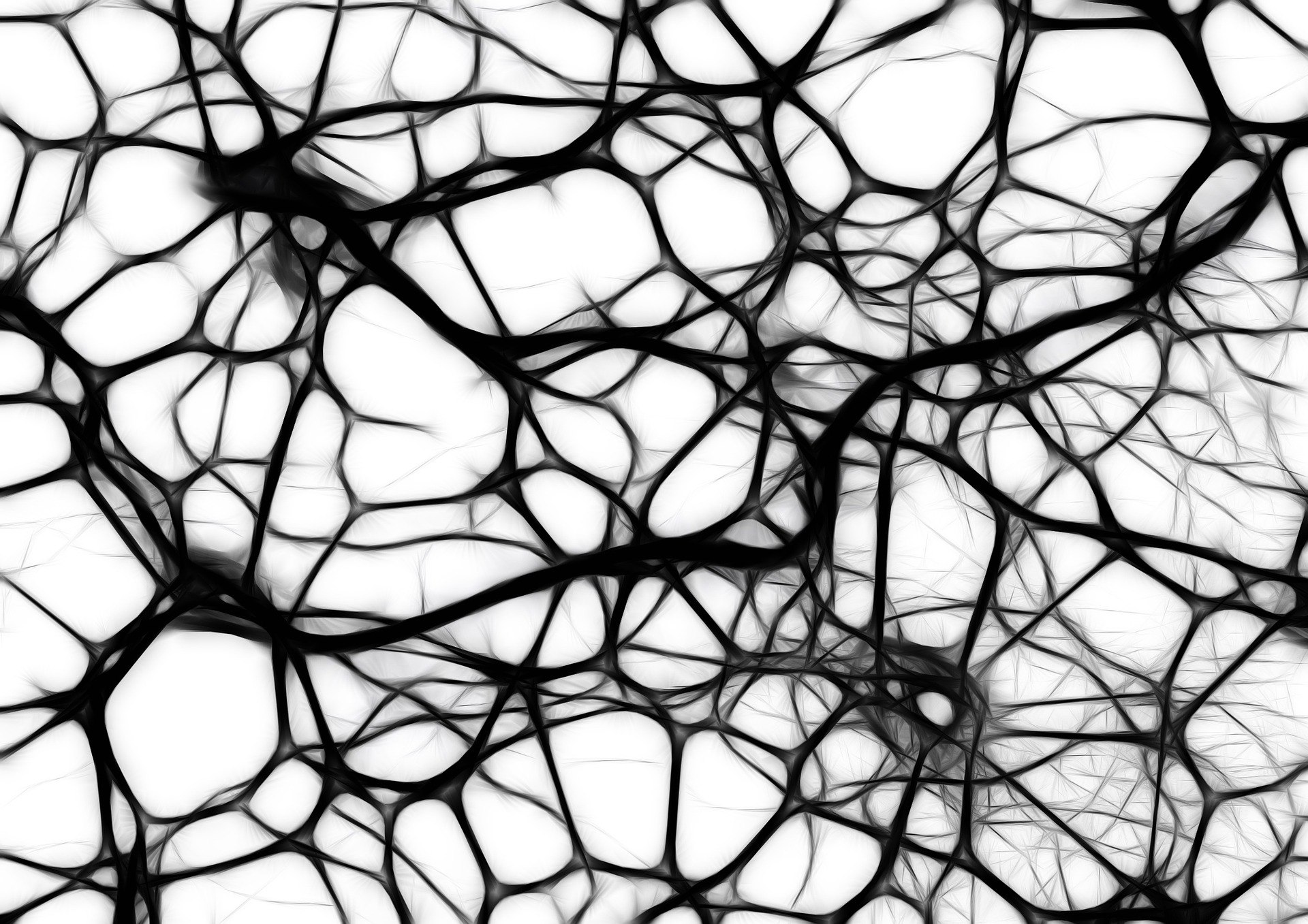
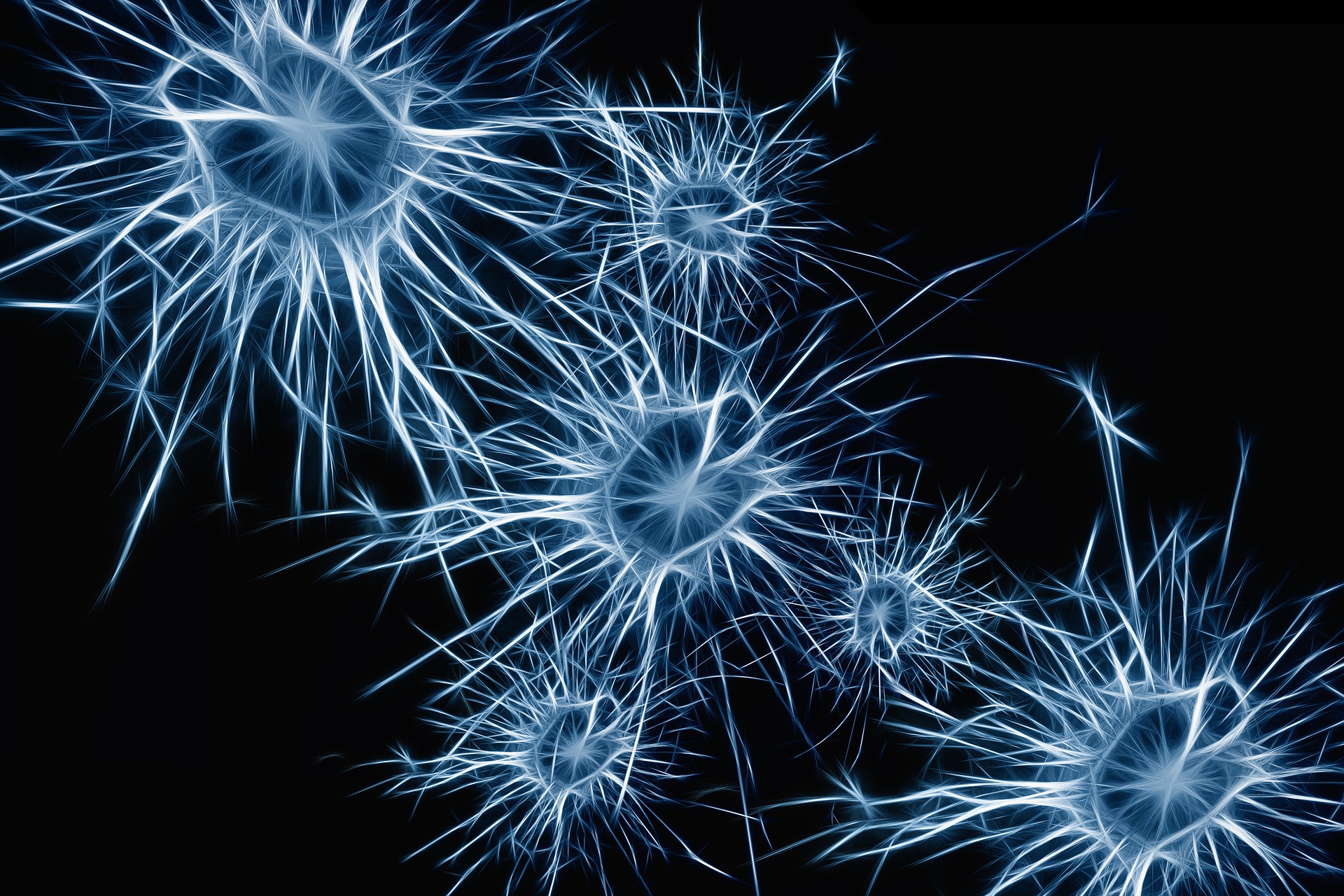
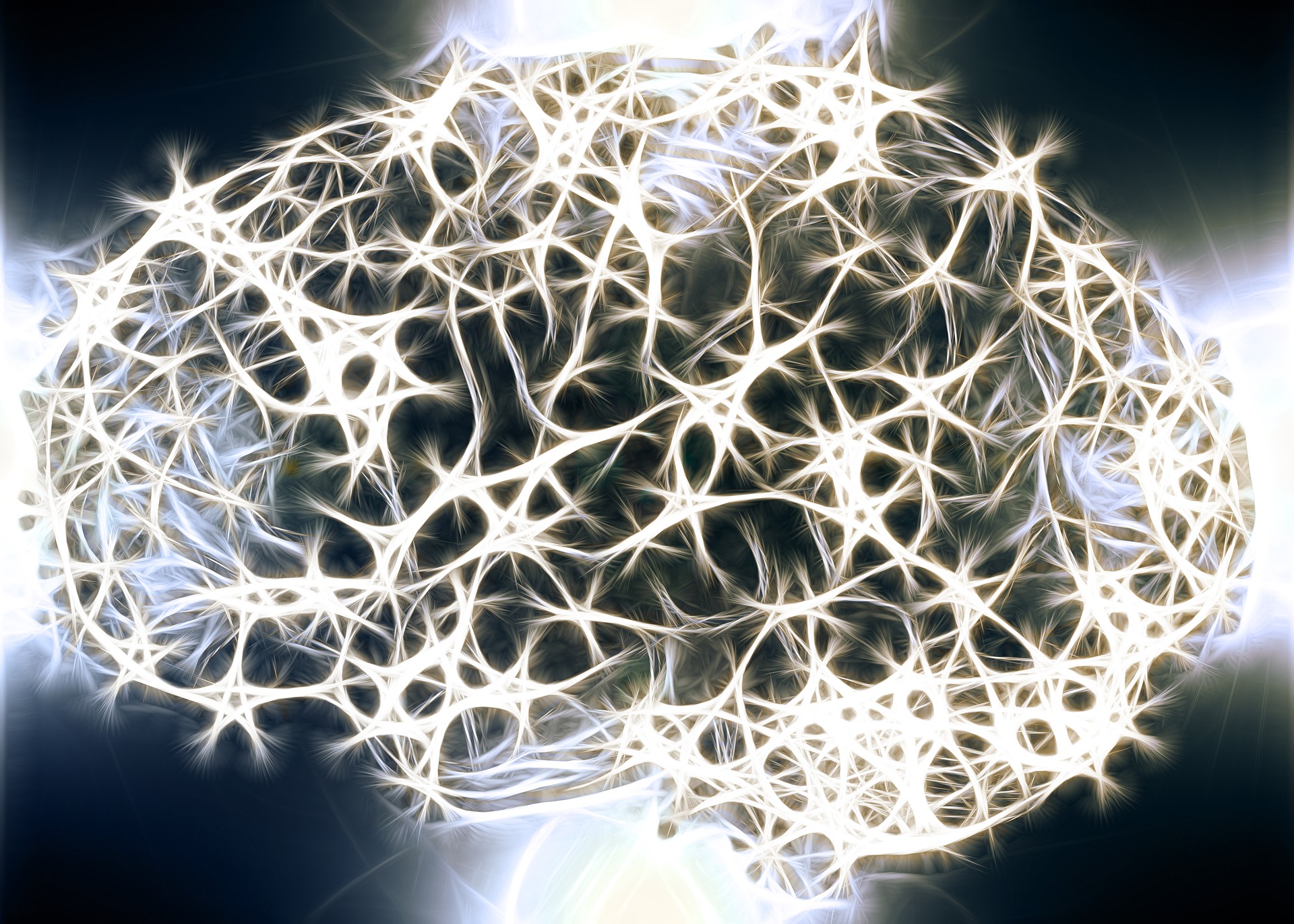

Different Types of Memories
Our memories are indistinguishably connected with our identities – from memories of a childhood pet or home to recalling the address of a favorite ice cream parlor or restaurant. Our memories come in various forms, some of which are fleeting, while others last a lifetime. There are numerous theories about the different types of memories that reside within our brain. The majority of scientists believe there are at least 4 general memory types, namely:- Sensory Memory
- Working Memory
- Short Term Memory
- Long Term Memory
Sensory Memory
Sensory memory contains the sensory information for a relatively short period, typically one second or even less. The processing of memories and information starts in this type of memory. Once you start paying attention to sensory input, the information might first move into your short-term memory and eventually into your long-term memory.Working Memory
A memory that an individual only uses for a short time, like a particular word they use at the start of a sentence, can be classified as part of working memory. Moreover, it might never even move to any other part of your memory. Working memory is quite similar to short-term memory, but the former is where an individual manipulates information. This allows them to recall the specifics of their current task. While working memory and short-term memory are typically divided into 2 distinct categories, time and time again, research finds a significant overlap between both types of memories.Short-Term Memory
Short-term memory enables people to remember a limited string of information, but also for a short duration. These memories tend to disappear as quickly as they came, usually after about 30 seconds. It is not just the memory that doesn’t last very long. Instead, it is a kind of short-lived storage that can only grasp bits and pieces of information.Long-Term Memory
Finally, our long-term memory can store an extensive range of experiences and memories. Most memories that you will remember, particularly those older than 30 seconds, become a part of long-term memory. Several researchers further split long-term memory into two subcategories: explicit and implicit.- Explicit Long-Term Memory Our explicit memories account for the conscious memories of autobiographical facts, events, and/or the things we learn. There are two types of explicit long-term memory: episodic and semantic. Episodic memories refer to the memories of autobiographical facts or events. Some common examples of episodic memories might include recalling events from our childhood, personal facts, remembering an election, etc. Conversely, an individual might remember a fact or an incident they didn’t even experience simply because they studied or learned it. These are part of semantic memories, which refer to the general knowledge of the entire world.
- Implicit Long-Term Memory Implicit long-term memories refer to the memories that can influence our behavior. However, it is not something that anyone would be consciously thinking about. There are generally two types of implicit long-term memories: procedural and priming. Procedural memories can help individuals in performing the tasks they are familiar with, like driving or walking. Initially, they might need to learn how to do all these things and remember the skills. However, these tasks will eventually become an intuitive part of their procedural memory, which is why they will be able to remember how to do it. Priming happens when our experiences tend to influence our behavior. For instance, a smoker might feel like smoking a cigarette after a meal. Both operant and classical conditioning play a vital role in priming human beings and animals to perform certain behaviors in response to specific experiences.


What is Semantic Memory?
Semantic memory is classified as a type of explicit long-term memory that pertains to concepts, facts, and ideas that people have accumulated throughout their lives. In general, our semantic memory encompasses matters that are extensively interpreted as common knowledge, like the sound of letters, names of colors and fruits, the capitals of countries, and loads of basic facts that have been acquired over a lifetime of learning. They are neither immediately nor exclusively drawn from personal experience. Semantic memory includes the kind of information we learn in school or from books and is mainly used when we take a test. There is also another kind of semantic memory, which is known as a script. A script is like a blueprint of what happens in specific situations. For instance, what happens when you go to a restaurant? A waiter greets you and hands you over the menu. Then you order your meal, eat the food, and pay the bill. With practice, we tend to learn these scripts and program them into semantic memory. Here are some examples that can further clarify what kind of information semantic memory holds:- Knowing that giraffes and elephants are both mammals.
- Recollecting information that Washington is a state and Washington D.C is the capital of the United States of America.
- Remembering the dates of when World War I and II started and ended.
- The knowledge of what a phone is used for.

What is Implicit Memory?
Some information enters the memory unconsciously and affects our behavior and thoughts, even though the memory of the event and the event itself remains unknown to us. The unconscious retention of these kinds of information is what is known as implicit memory. Implicit memories are often procedural, meaning they focus on the step by step processes that you must perform to complete a given task. These actions form over time with practice. Take a particular sport, for example. You first start by learning its fundamentals, practice them repeatedly, and then they eventually flow naturally during the game. Rehearsing for a musical or dance performance is another excellent example of implicit memory. Recalling how to drive a car, tie your shoelaces, and ride a bicycle are all everyday examples of implicit memory. We access all these memories daily without any conscious awareness because they are automatically converted into actions without us even comprehending them. Here are some examples that can further clarify what kind of information implicit memory holds:- Navigating an area you are familiar with, such as your neighborhood or house.
- Recalling the tune or words to a popular song only after hearing the start notes.
- Knowing how to dress up each day.
- Remembering how to drive a car or boil the water to make tea.
If you wish to forget anything on the spot, make a note that this thing is to be remembered. ― Edgar Allan Poe
